
Louisiana knows storms by name. Each year, familiar anxieties rise with the heat as cities recheck flood maps and backup generators. Some towns get hit harder, and they know it. So, who’s already bracing for impact in 2025? These ten spots top the worry list.
New Orleans

New Orleans is highly vulnerable to hurricanes because it sits below sea level and is near the Gulf Coast. Storm surges, like those during Hurricane Katrina, can easily breach protective barriers. To reduce future risks, the city is continuously improving its levees and emergency systems to protect its population.
Baton Rouge

Although not on the coast, Baton Rouge is still at risk from hurricanes that move inland from the Gulf. These storms can bring strong winds and power outages. Hurricane Gustav, for example, showed how vulnerable the city is, highlighting the need for serious preparation each hurricane season.
Lake Charles

Lake Charles faces direct threats from major hurricanes, particularly those classified as Category 3 or higher. In 2020, Hurricane Laura struck as a Category 4 storm, bringing catastrophic wind damage. The city’s coastal location leaves it exposed each season to powerful landfalls that can overwhelm infrastructure and put lives and property at serious risk.
Lafayette
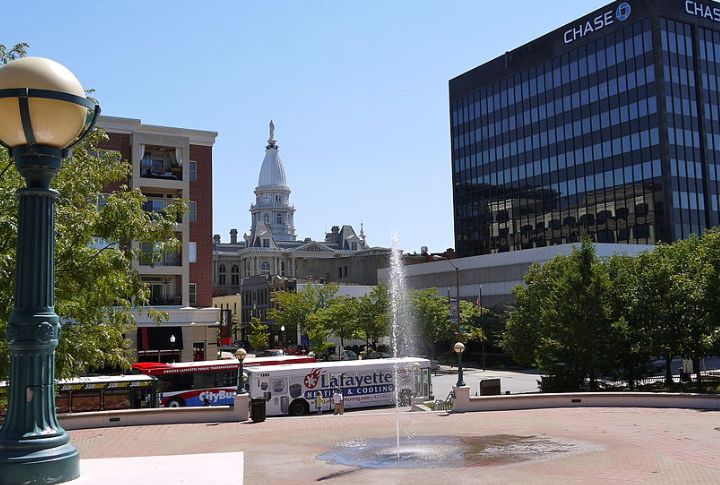
Few inland cities experience hurricane-force force as frequently as Lafayette. Storms retain enough power to batter rooftops, snap trees, and pressure emergency systems. Hurricane Delta proved just how intense those inland surges can be. With each season, there’s renewed concern about how much force the next landfalling system might carry into the region.
Slidell

Surrounded by water on multiple sides, Slidell sits between Lake Pontchartrain and the Gulf’s hurricane paths. That location increases its exposure to storm surge and wind damage, especially during strong landfalls nearby. Katrina in 2005 overwhelmed the area, and every active season renewed the risk for this low-lying, flood-prone corner of southeastern Louisiana.
Houma
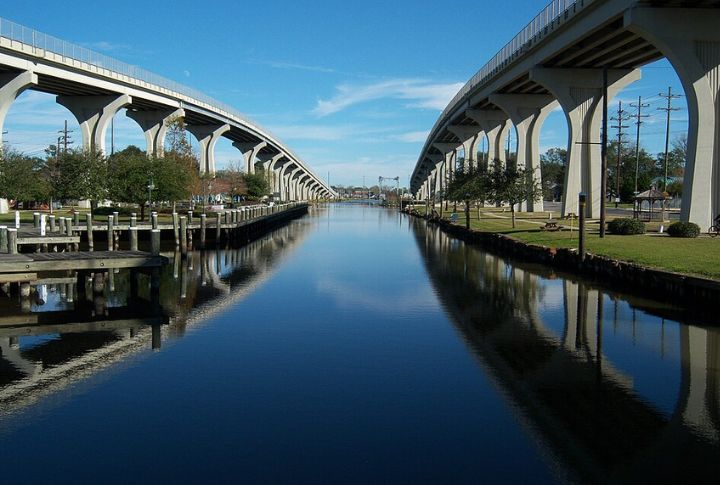
Hurricane Gustav in 2008 and Hurricane Ida in 2021 brought widespread destruction to Houma, a low-lying city situated near the Gulf. Its coastal setting also places it in the direct path of many landfalling hurricanes. With limited elevation and few natural barriers, Houma remains highly susceptible to both wind damage and storm surges.
Thibodaux
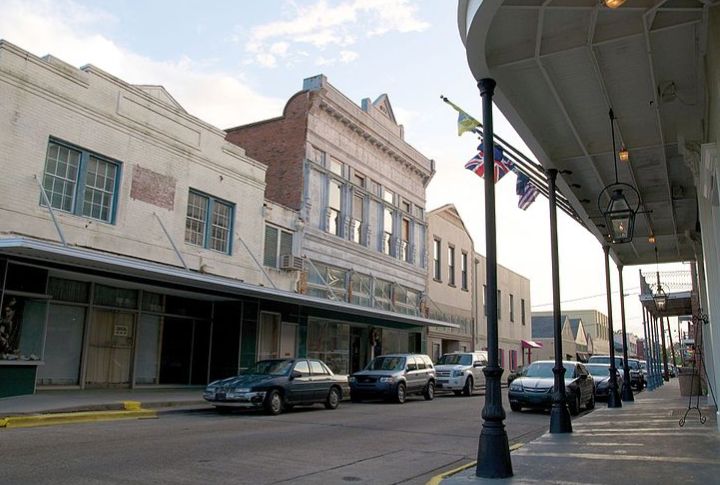
Located near key Gulf access points, Thibodaux lies in the path of hurricanes that maintain strength well inland. Winds from storms like Hurricane Ida have caused serious structural damage in recent years. Each hurricane season brings renewed concern to the area, where open terrain and proximity to lakes leave the city vulnerable to wind and surge impacts.
Mandeville
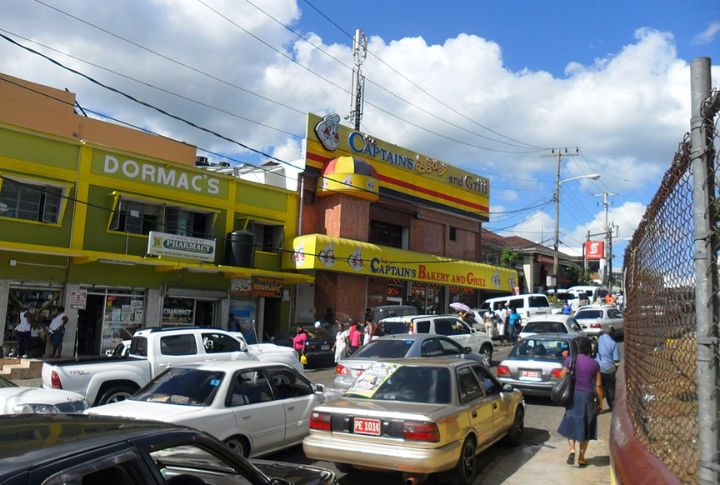
Proximity to Lake Pontchartrain places Mandeville at high risk during hurricanes, especially when strong winds drive storm surges inland. Wind pressure across the lake can funnel water into the city’s southern edge, amplifying the impact even without a direct landfall. Hurricane-force winds also pose a threat to homes, infrastructure, and emergency access routes in the area.
Alexandria
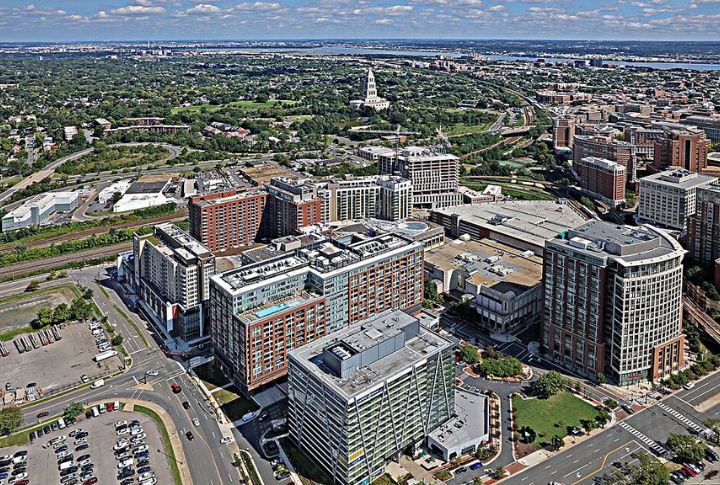
Though located inland, Alexandria faces hurricane threats as powerful systems often push into central Louisiana before weakening. Its position along common storm paths brings destructive winds and flying debris. The force seen during Hurricane Laura demonstrated that major hurricanes can retain their damaging intensity far beyond the coastline, reaching cities well north of the landfall zones.
Covington
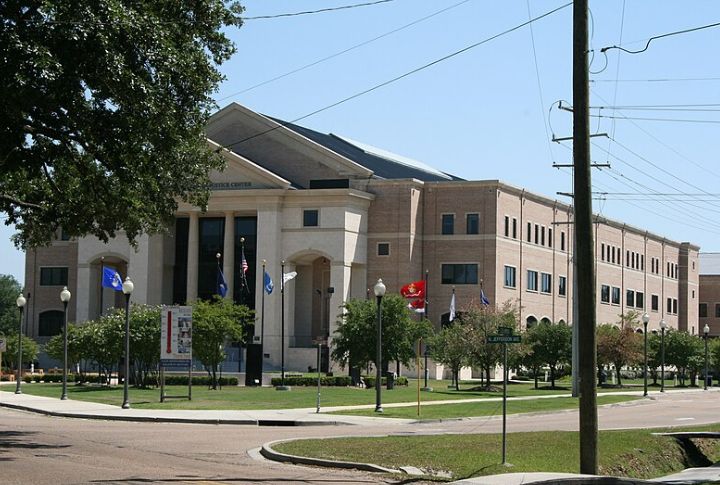
Covington’s proximity to Lake Pontchartrain makes it highly vulnerable during hurricane season. When storms pass through the Gulf, the lake acts like a funnel, directing a surge toward the city. Low elevation and limited natural barriers mean even distant hurricanes can push water inland, which leads to widespread flooding and infrastructure strain.
